Exploring hidden lakes around the world reveals some of nature’s most unusual and fascinating wonders. These bodies of water often boast unique characteristics, from vibrant colors to extraordinary ecosystems, making them extraordinary sights. Some are tucked away in remote regions, while others are hidden in plain sight, known only to a few. This article delves into the top 15 hidden lakes with unusual characteristics, highlighting the remarkable features that make each one a must-see for the curious traveler. Whether it’s the pink hue of Lake Hillier or the floating islands of Loktak Lake, these hidden gems offer a glimpse into the diverse and magical world of hidden lakes.
Lake Hillier (Australia)
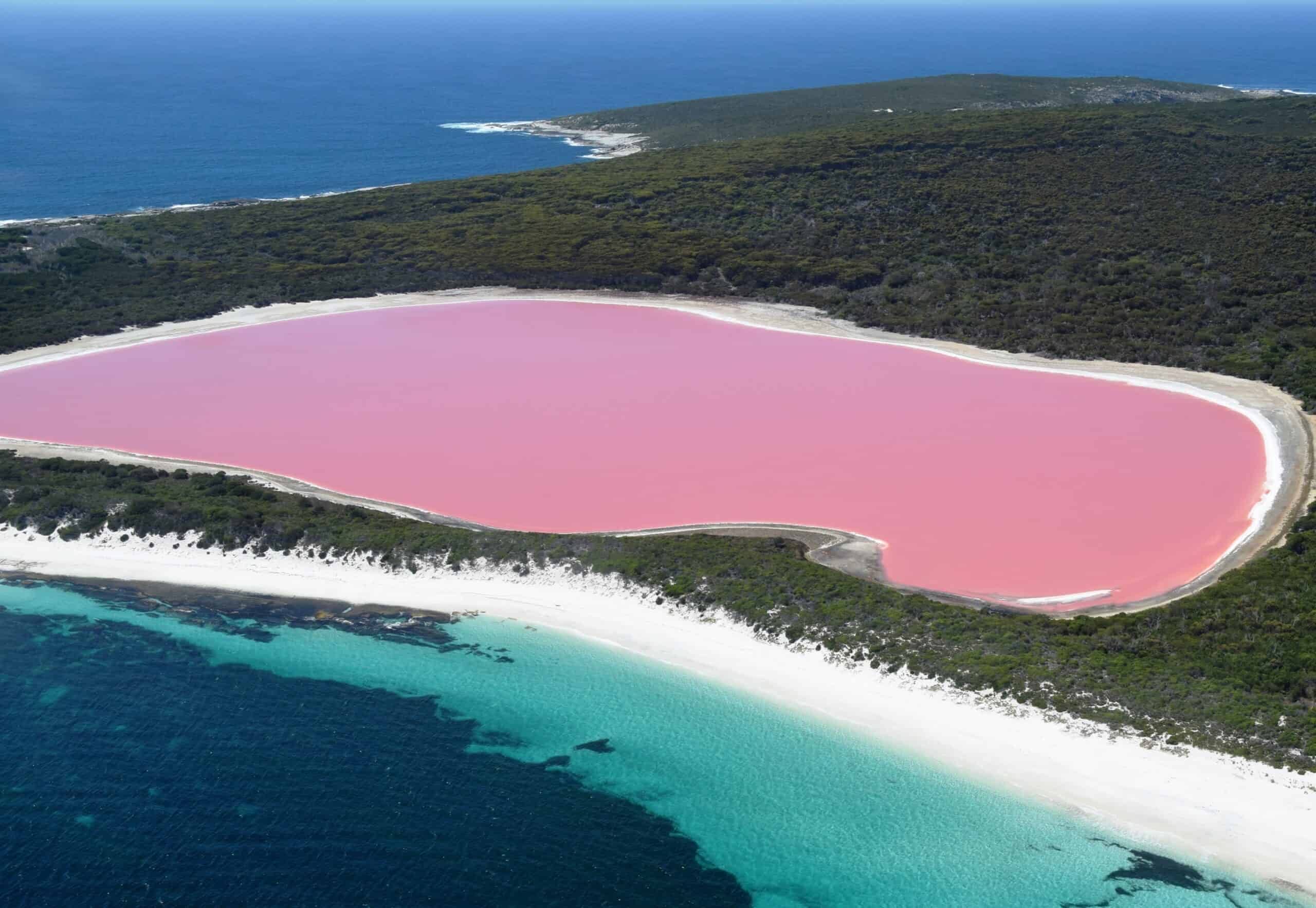
Lake Hillier is renowned for its striking bubblegum-pink color, which contrasts vividly with the surrounding lush green forests and the deep blue of the Indian Ocean nearby. Located on Middle Island in the Recherche Archipelago, the lake’s unusual hue is due to the presence of the microorganism Dunaliella salina, which produces a red pigment. The high salt concentration also plays a role in maintaining the lake’s pink color. Despite its unusual color, the water is safe for swimming and exhibits no harmful effects. The lake remains relatively hidden due to its remote location and limited accessibility, with visits typically requiring special tours or permits.
Jellyfish Lake (Palau)
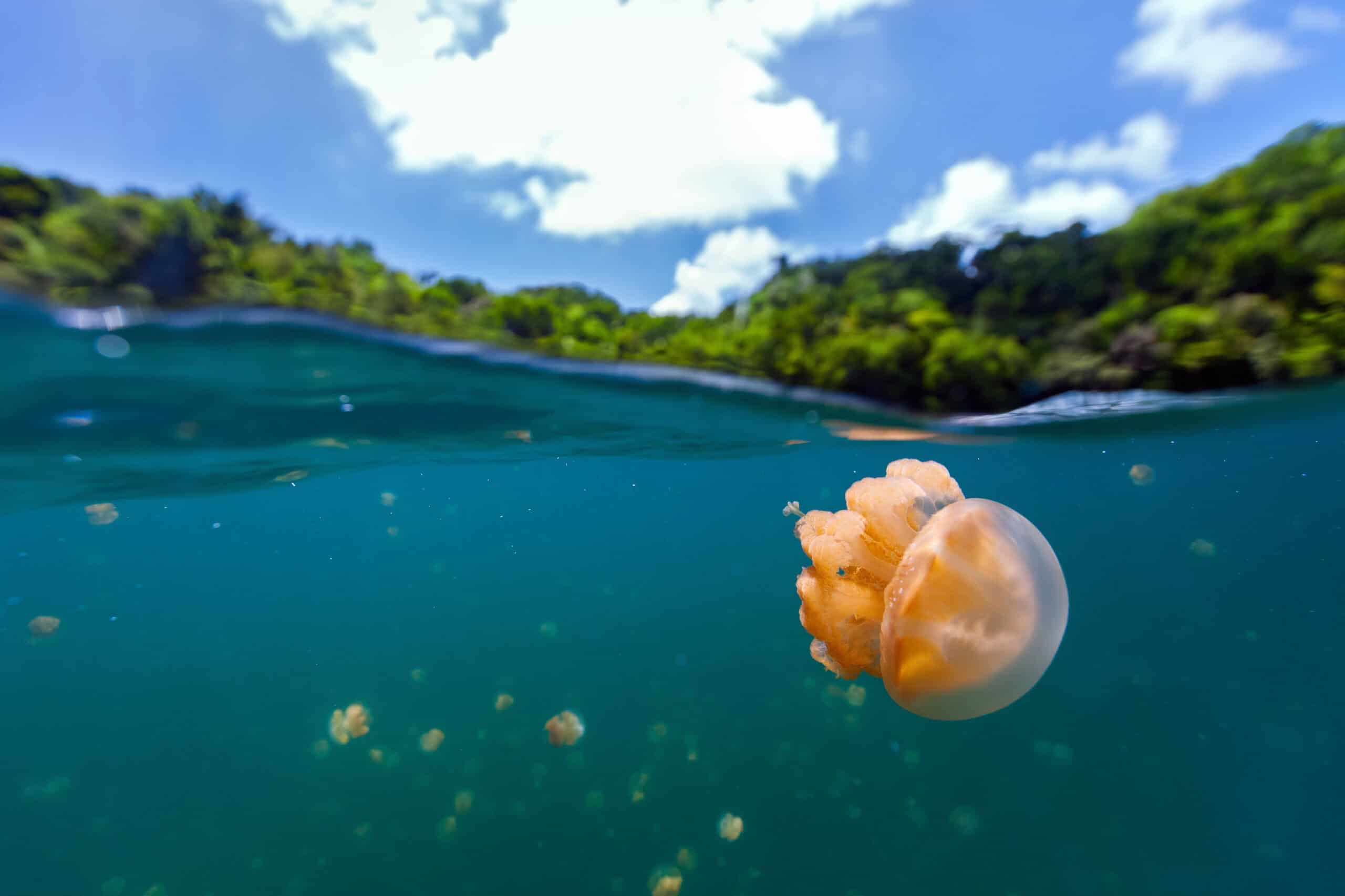
Situated on Eil Malk Island in Palau, Jellyfish Lake is home to millions of golden jellyfish that migrate across the lake daily. These jellyfish have a symbiotic relationship with algae that live in their tissues and provide them with energy through photosynthesis. Remarkably, the jellyfish have evolved to be nearly stingless, making it safe for tourists to swim among them. The lake’s isolated location in the Rock Islands, accessible only by boat, and the unique behavior of its inhabitants make it a hidden gem of marine biodiversity. Diving is not allowed to protect the delicate ecosystem, further preserving its pristine condition.
Lake Baikal (Russia)
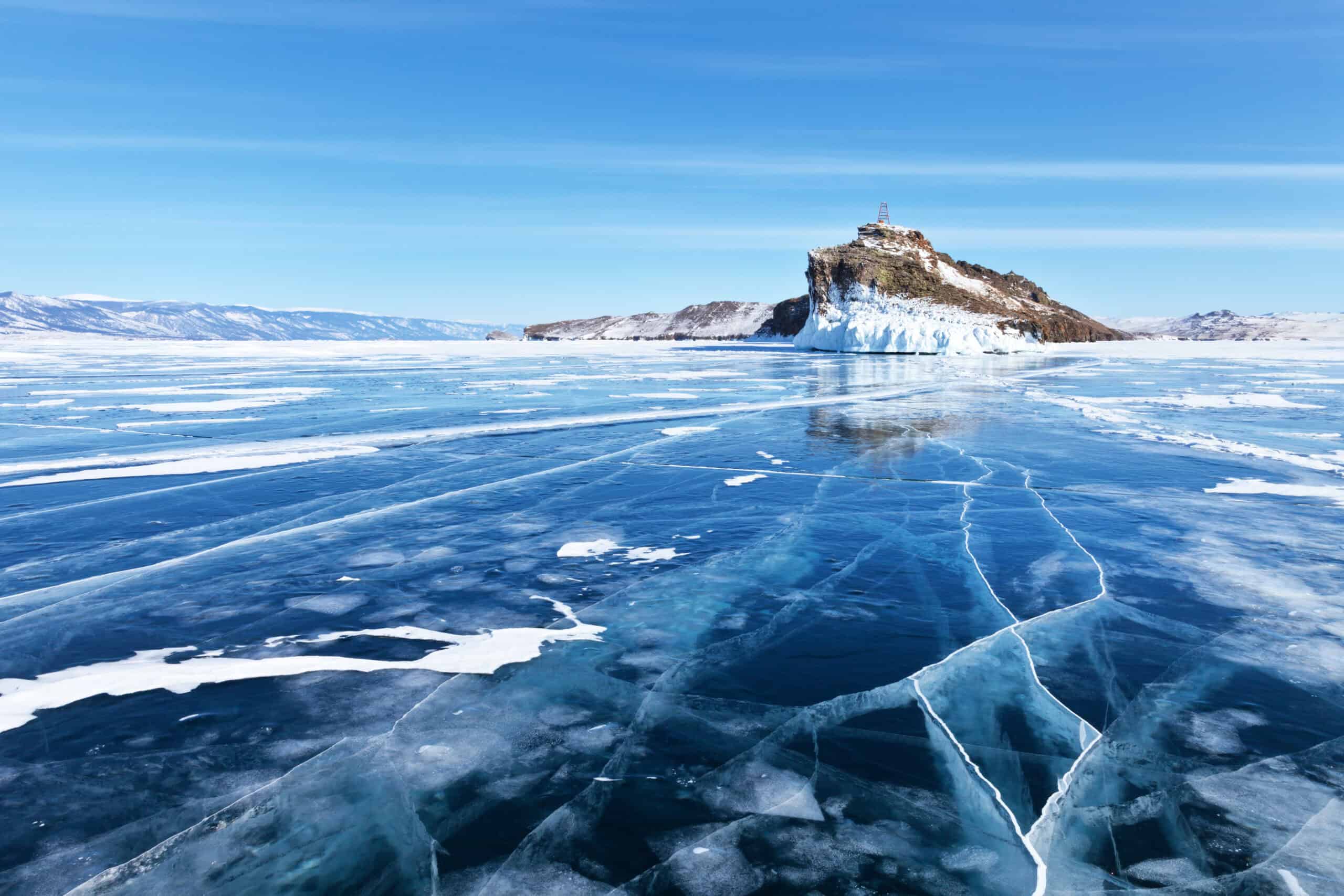
Lake Baikal in Siberia is not only the world’s oldest freshwater lake, estimated to be around 25 million years old, but also the deepest, reaching depths of 1,642 meters. It holds approximately 20% of the world’s unfrozen freshwater. The lake is known for its crystal-clear waters, which allow visibility of up to 40 meters below the surface. Lake Baikal’s rich biodiversity includes the unique Baikal seal (nerpa) and over 1,700 species of plants and animals, two-thirds of which can be found nowhere else in the world. Its remote location and often harsh environment make it a hidden and enigmatic natural wonder.
Boiling Lake (Dominica)
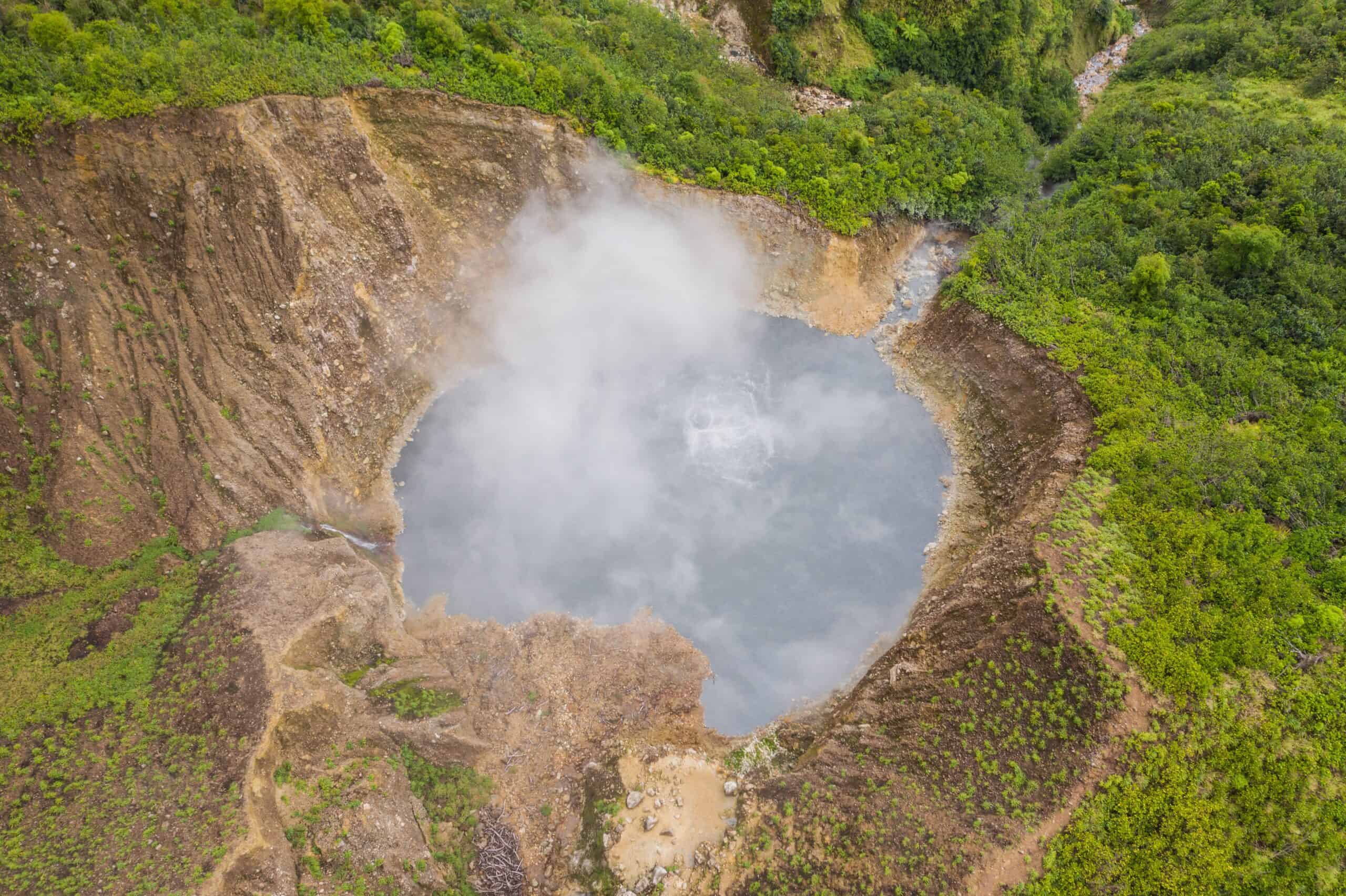
Located in the Morne Trois Pitons National Park, Boiling Lake is a flooded fumarole with water temperatures that range from 82 to 92 degrees Celsius (180 to 197 degrees Fahrenheit). The lake’s surface is often shrouded in clouds of steam, giving it a boiling appearance. This geothermal activity is due to the lake being situated in a volcanic crater, with heat and gases escaping from a magma chamber below. The lake is hidden deep within the lush tropical rainforest of Dominica and requires a challenging hike of several hours to reach, making it a rewarding but secluded destination for adventurous travelers.
Spotted Lake (Canada)
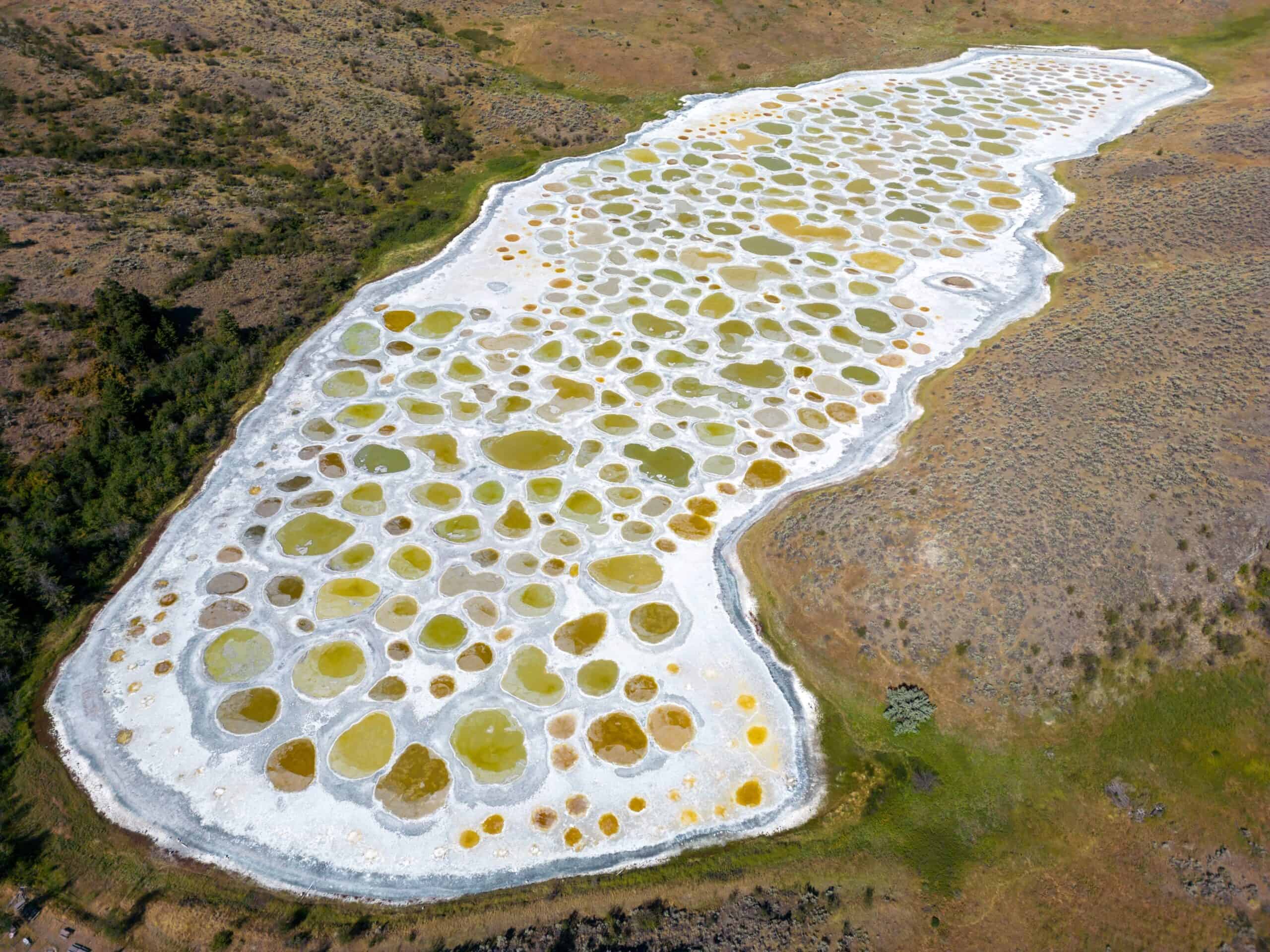
Spotted Lake, located in British Columbia, Canada, is known for its unique polka-dot appearance, which is most visible during the summer months when the water evaporates and leaves behind mineral-rich deposits. These deposits, which include magnesium sulfate, calcium, and sodium sulfates, form colorful spots across the lakebed. The lake has been revered by the indigenous Okanagan people for its therapeutic properties. Due to its cultural significance and ecological sensitivity, public access is limited, and the best views are from a nearby highway lookout.
Lake Natron (Tanzania)
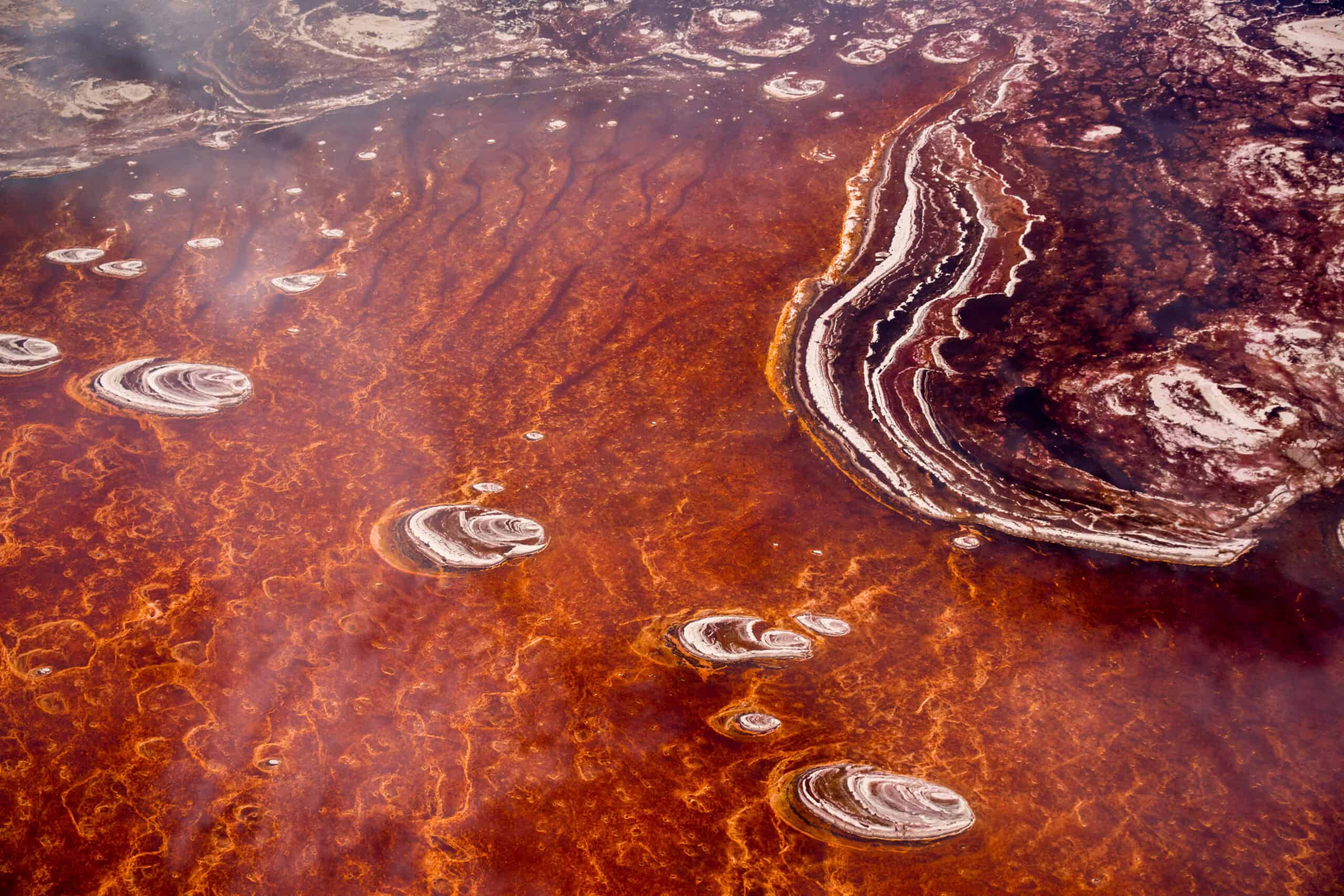
Lake Natron in Tanzania is an extreme environment with water temperatures that can reach 60 degrees Celsius (140 degrees Fahrenheit) and a pH level above 10. The lake’s high alkalinity is due to the presence of sodium carbonate and other minerals. This harsh environment can calcify animals that die in the lake, preserving them as mummified statues. Despite its seemingly inhospitable conditions, Lake Natron is a crucial breeding ground for lesser flamingos, which feed on the lake’s cyanobacteria. Its remote location and the challenging conditions contribute to its status as a hidden natural marvel.
Lake McKenzie (Australia)
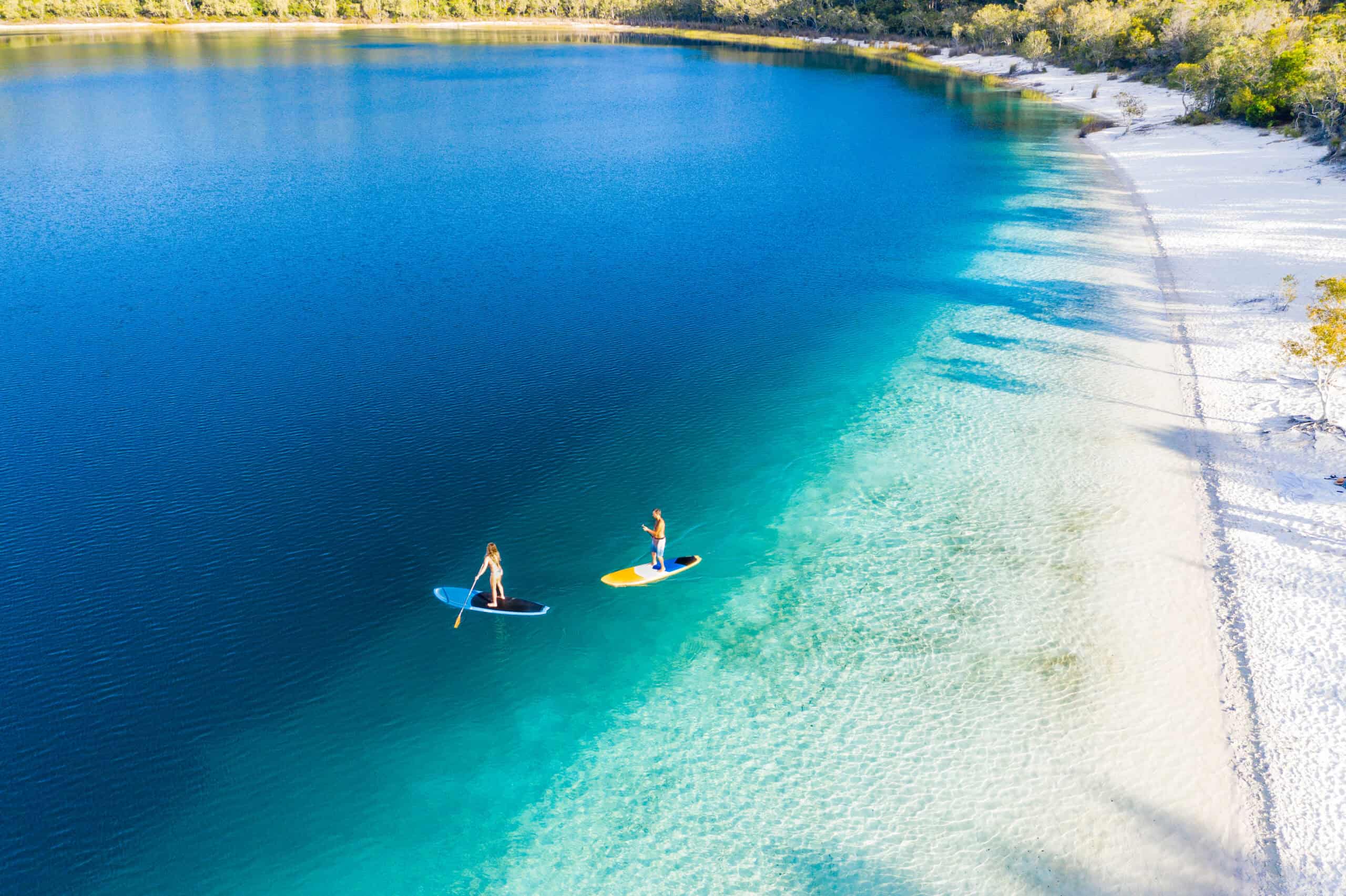
Lake McKenzie, situated on Fraser Island in Queensland, is a perched lake formed by the accumulation of rainwater in a depression with an impervious layer of organic material and sand. The lake’s pure silica sand and crystal-clear waters are renowned for their beauty. The water’s acidity prevents many plants and fish from living in it, maintaining its pristine condition. Accessible only by 4WD vehicles due to its location on a remote island, Lake McKenzie remains a hidden oasis for those who venture to this World Heritage-listed site.
Laguna Colorada (Bolivia)
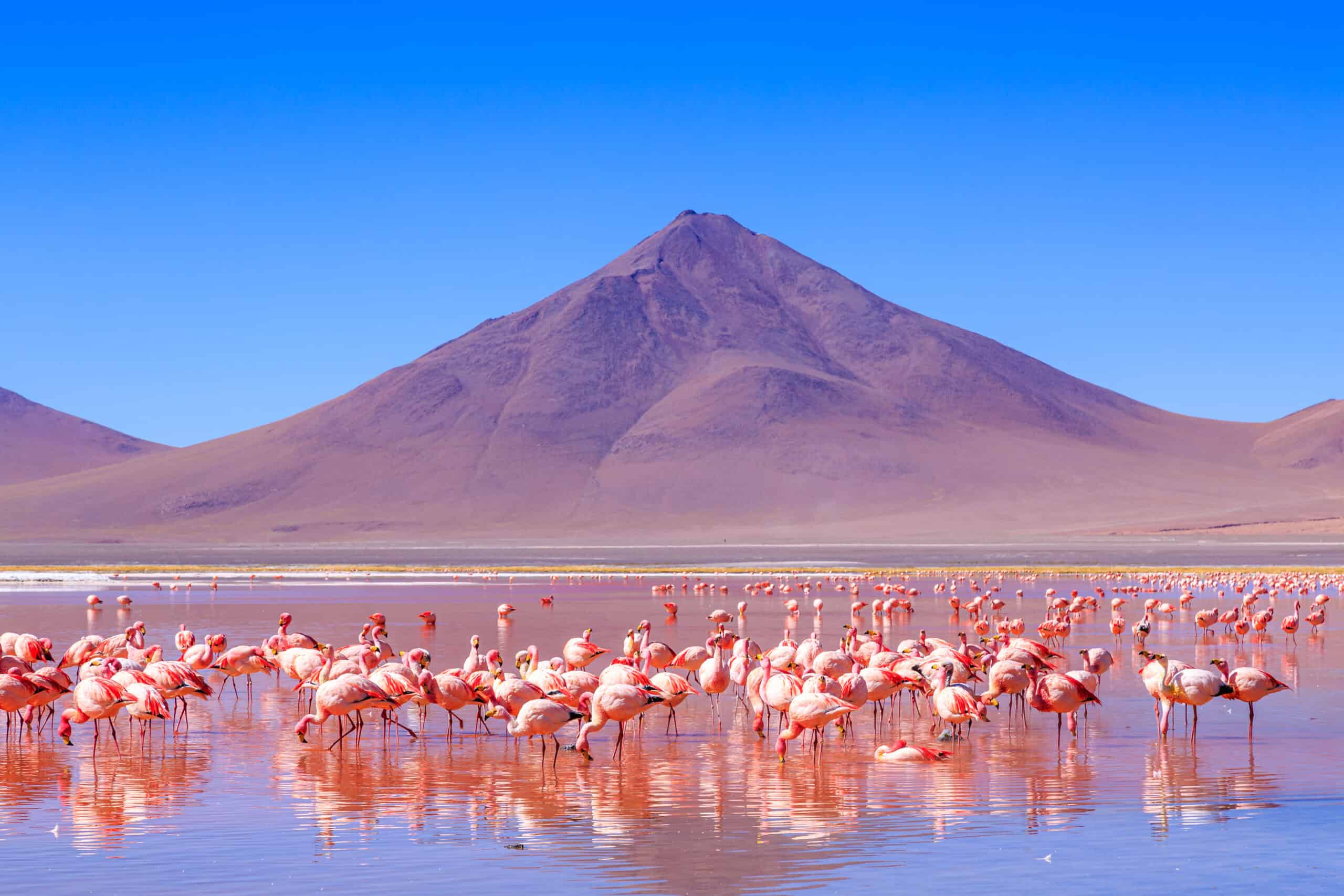
Located in the Eduardo Avaroa Andean Fauna National Reserve, Laguna Colorada is a shallow salt lake known for its striking red waters and white borax islands. The red coloration is due to the presence of algae and microorganisms that thrive in the lake’s mineral-rich waters. The lake is also a haven for several species of flamingos, which feed on the abundant plankton. Its remote location in the high-altitude altiplano region, coupled with the surreal landscape, makes Laguna Colorada a hidden gem of the Bolivian Andes.
Dead Sea (Israel/Jordan)
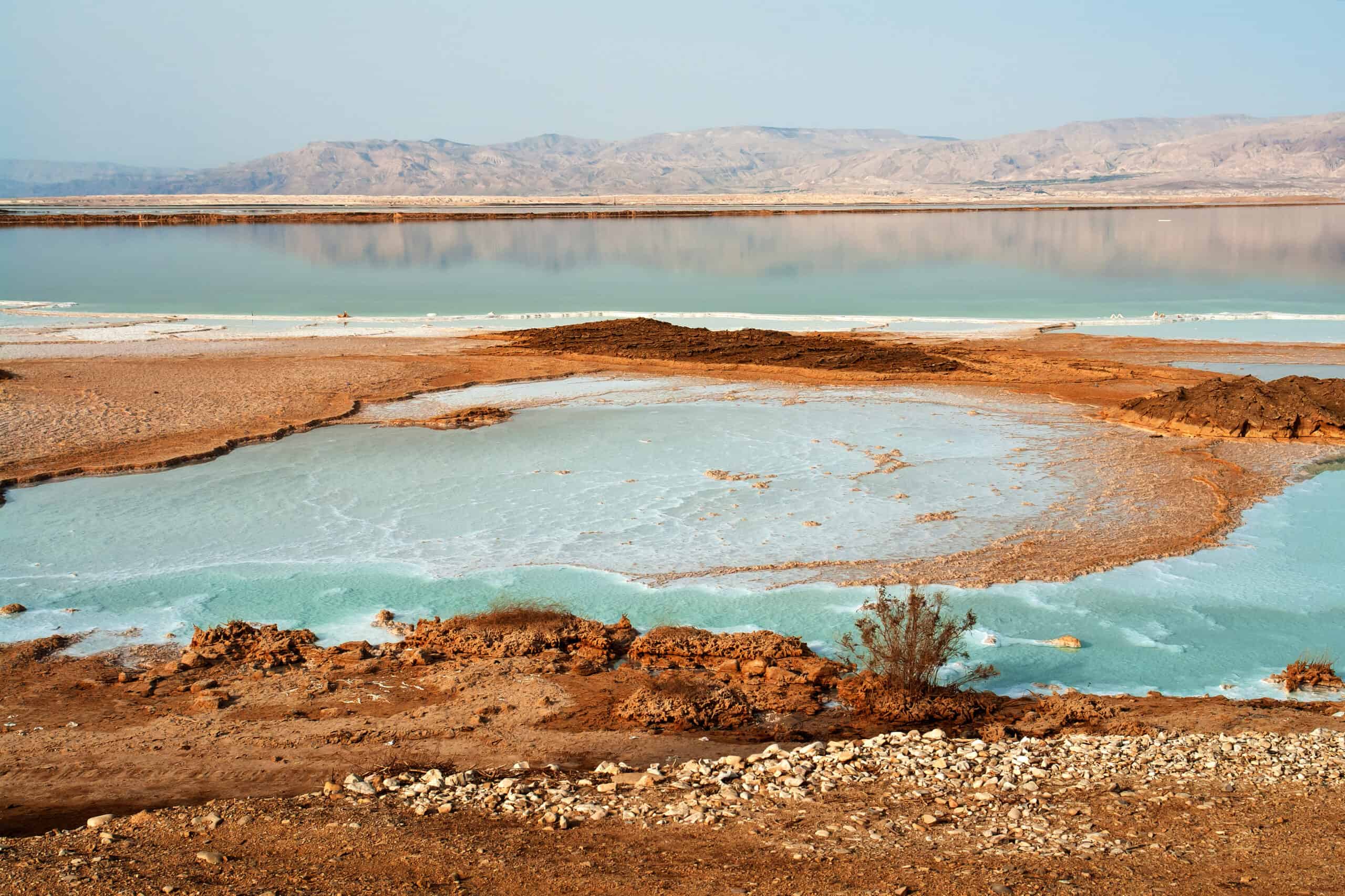
The Dead Sea, situated between Israel and Jordan, is one of the saltiest bodies of water in the world, with a salinity of over 30%. This hyper-saline environment prevents most life forms from inhabiting its waters, hence the name “Dead Sea.” The high mineral content is renowned for its therapeutic properties, attracting visitors seeking healing and relaxation. The lake’s surface and shores are the Earth’s lowest elevation on land, at 430 meters (1,410 feet) below sea level. Its unique geological and chemical characteristics make it a hidden natural wonder despite its historical significance.
Pitch Lake (Trinidad and Tobago)
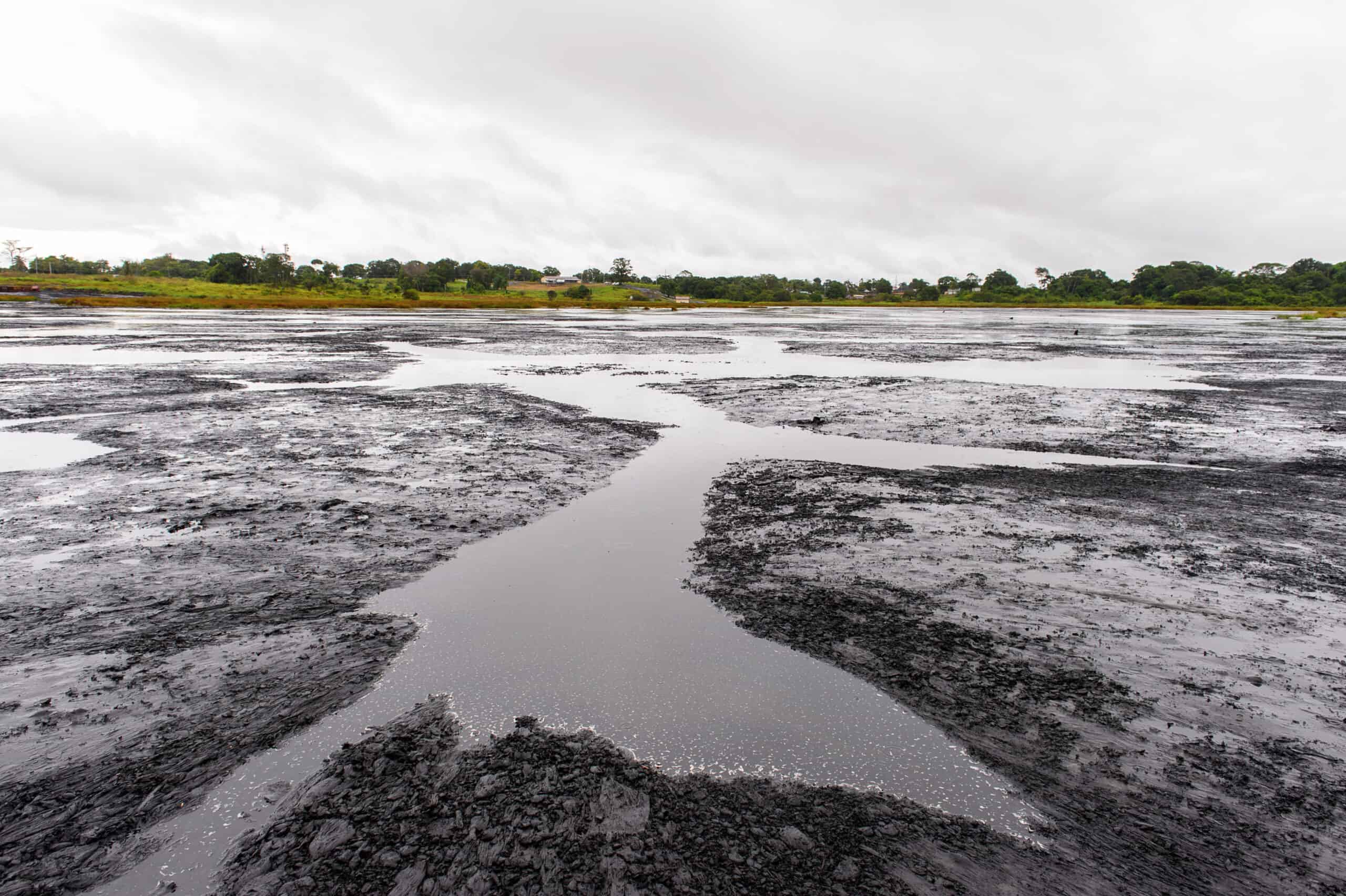
Pitch Lake, located in La Brea, Trinidad, is the world’s largest natural deposit of asphalt. Covering approximately 100 acres, the lake is estimated to contain around 10 million tons of asphalt. The surface appears solid but can be semi-liquid in areas, making it a fascinating and unusual natural phenomenon. The lake has been used for centuries for its asphalt, which has been exported globally for road construction. Despite its industrial significance, Pitch Lake remains relatively unknown to tourists, adding to its hidden allure.
Loktak Lake (India)
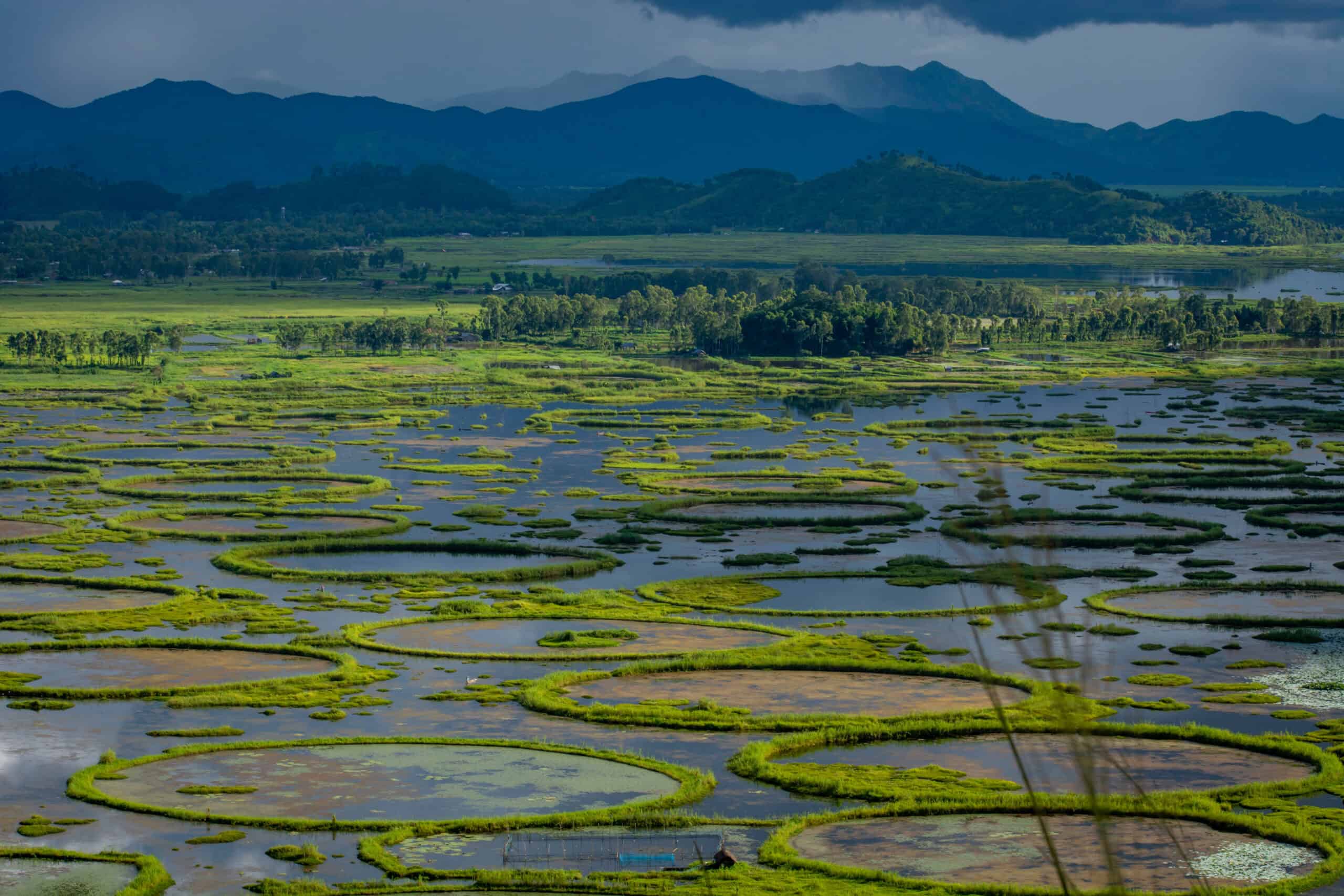
Loktak Lake in Manipur, India, is famous for its phumdis – floating islands made of a heterogeneous mass of vegetation, soil, and organic matter. The largest of these islands is home to the Keibul Lamjao National Park, the world’s only floating national park, which protects the endangered Sangai deer. The lake is vital for the local community, providing water, hydropower, and sustenance. Its unique floating islands and the rich biodiversity they support make Loktak Lake a hidden ecological treasure.
Lonar Lake (India)
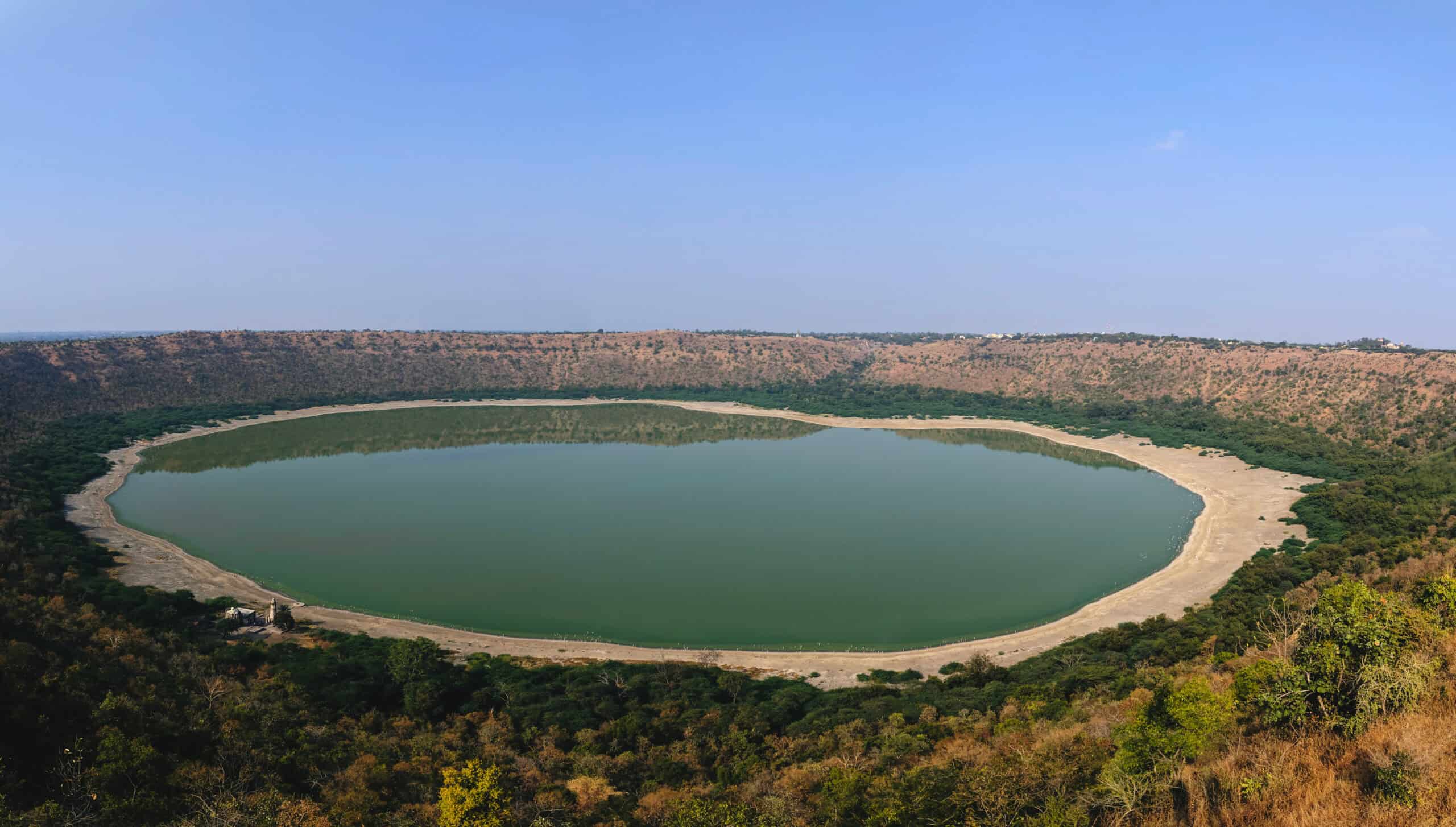
Lonar Lake, located in Maharashtra, India, is a rare geological wonder formed by a meteor impact over 50,000 years ago. This saline soda lake is unique because it is situated in a basaltic rock crater, unlike most meteorite craters found in granitic terrains. The lake has both saline and alkaline properties, fostering a unique ecosystem of microbes that thrive in its unusual chemical environment. Despite its scientific importance and stunning greenish-blue waters, Lonar Lake remains off the beaten path for many travelers. The surrounding area is dotted with ancient temples and ruins, adding a layer of historical intrigue to this hidden gem. Scientists and geologists continue to study Lonar Lake to understand more about meteor impacts and their effects on Earth’s geology.
Lake Kaindy (Kazakhstan)
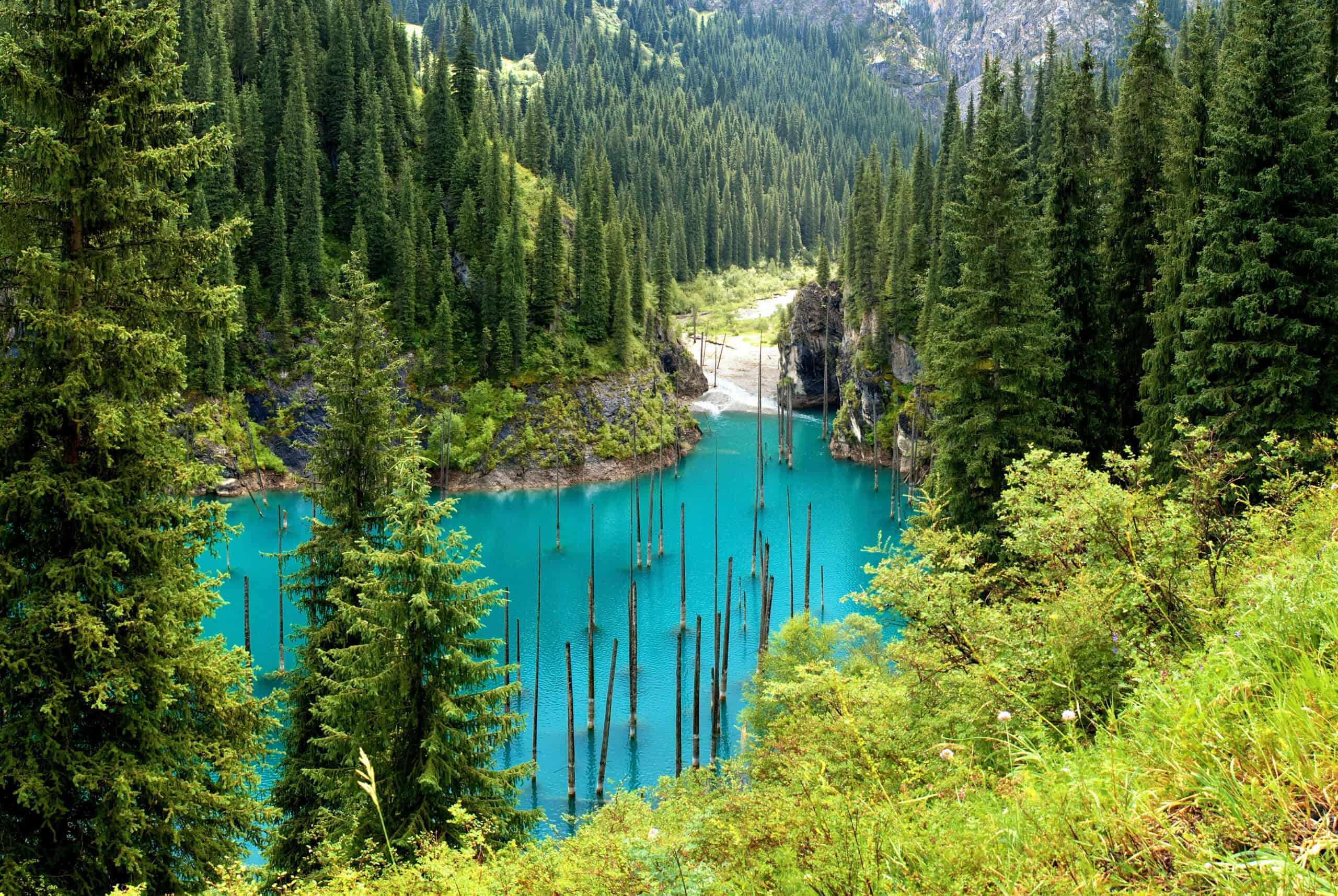
Lake Kaindy, situated in the Tian Shan Mountains of Kazakhstan, was formed by a limestone landslide triggered by an earthquake in 1911. The lake’s most striking feature is its submerged forest, with the tops of spruce trees protruding above the water’s surface, creating a surreal, otherworldly scene. The clear, cold waters preserve the tree trunks underwater, making them appear ghostly and ethereal. Surrounded by towering cliffs and dense forests, Lake Kaindy is a hidden paradise for hikers and nature lovers. Its remote location and the rugged terrain of the surrounding mountains keep it relatively unknown to mainstream tourists, preserving its untouched beauty and tranquility.
Caddo Lake (USA)
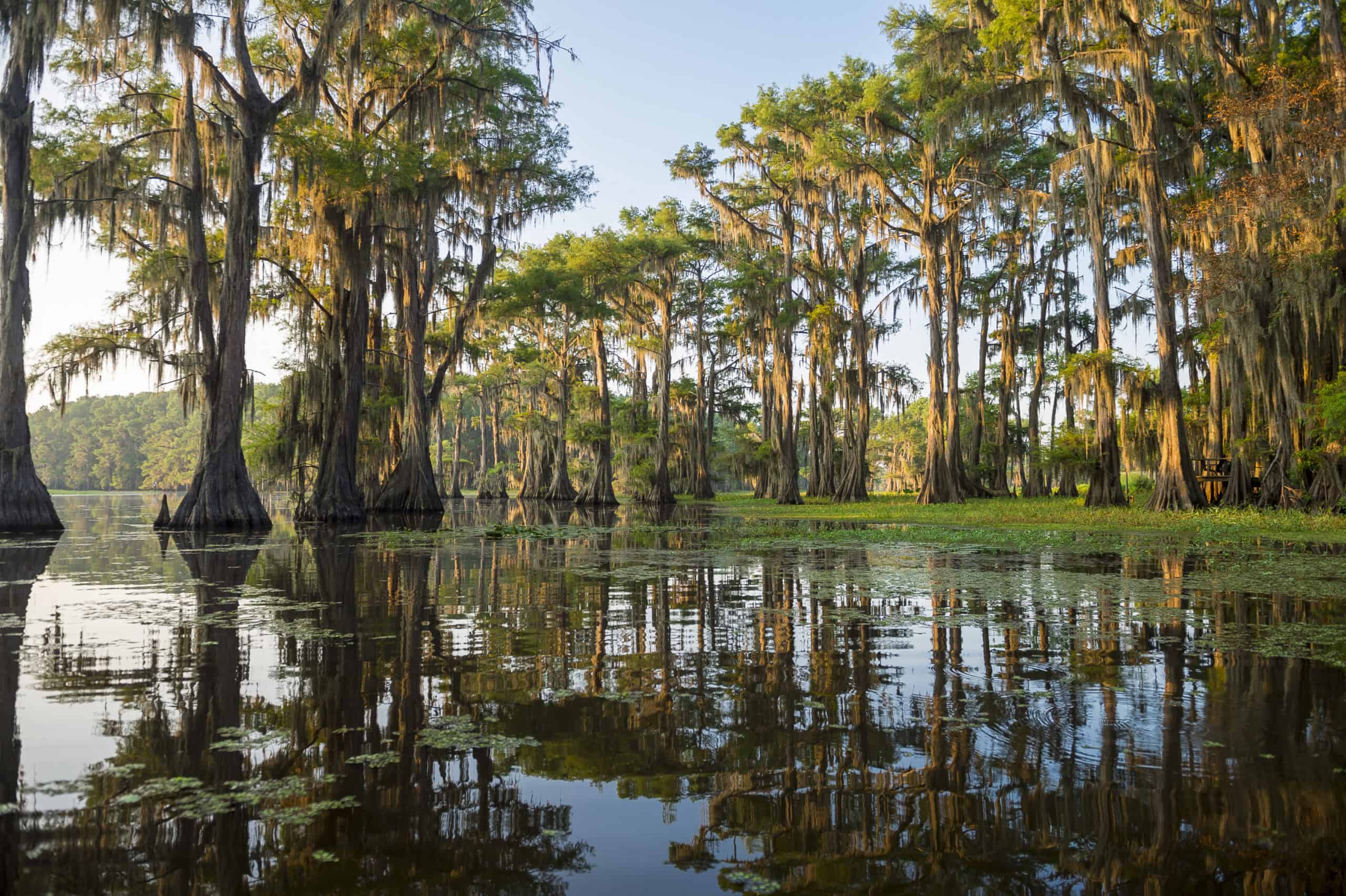
Caddo Lake, spanning the border between Texas and Louisiana, is a mysterious and enchanting bayou lake characterized by its labyrinth of waterways, cypress trees draped in Spanish moss, and rich biodiversity. The lake is the largest natural freshwater lake in the southern United States, with a unique ecosystem that supports a wide range of wildlife, including alligators, beavers, and over 200 species of birds. Its hauntingly beautiful landscape, often shrouded in mist, has an almost mystical quality. Caddo Lake is relatively undiscovered by tourists, and much of its area is accessible only by canoe or kayak, making it a secluded haven for nature enthusiasts and those seeking a tranquil escape.
Lake Eacham (Australia)
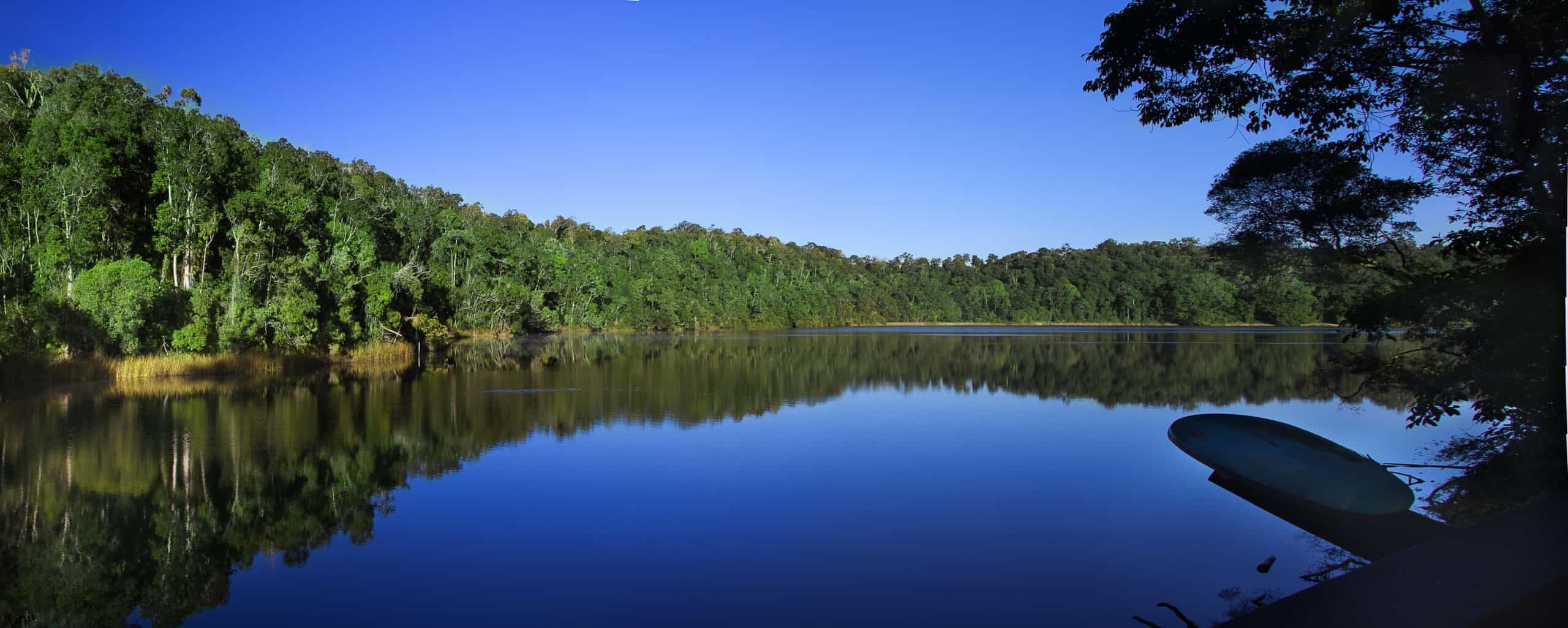
Lake Eacham is a volcanic crater lake located in the Atherton Tablelands of Queensland, Australia. Formed over 12,000 years ago by volcanic activity, the lake is surrounded by lush rainforest and is part of the Crater Lakes National Park. The lake’s deep blue waters are clear and inviting, making it a popular spot for swimming and picnicking. Despite its accessibility, the lake remains relatively unknown to international tourists, preserving its status as a hidden gem. The surrounding rainforest is home to a diverse range of flora and fauna, including the musky rat-kangaroo and the spotted catbird, adding to the lake’s appeal as a secluded natural paradise.
This article originally appeared on Rarest.org.
More from Rarest.org
16 Top Upscale Urban Neighborhoods in the U.S.

Exploring upscale urban neighborhoods can offer a glimpse into the vibrant and luxurious lifestyles of America’s elite. From historic streets to modern high-rises, these areas blend charm with sophistication. Read more.
13 Forgotten Architectural Marvels Around the World

Discovering forgotten architectural marvels offers a glimpse into the ingenuity and creativity of ancient civilizations. Read more.
15 Iconic Fashion Accessory Brands Everyone Wants

Fashion accessories can elevate any outfit, adding a touch of luxury and style. The most coveted brands are known for their quality, craftsmanship, and timeless appeal. Read more.
